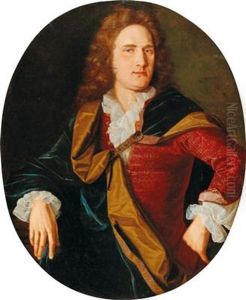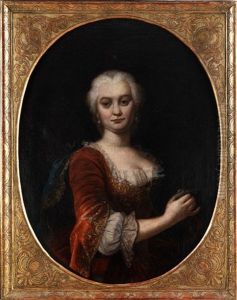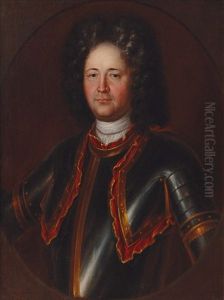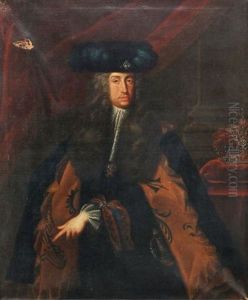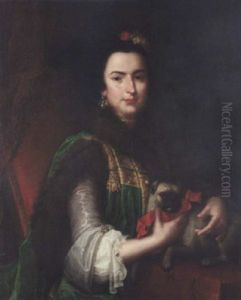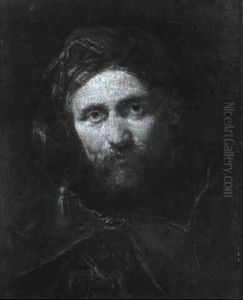Adam Von Manyoki Paintings
Ádám Mányoki was a significant Hungarian baroque painter, known for his portraits, who lived and worked primarily in the 18th century. Born in 1673 in Szentendre, which is part of present-day Hungary, Mányoki showed an early talent for the arts. His exact training background is not well-documented, but it is known that he traveled extensively throughout Europe, which was common for artists of his time as they sought education and commissions.
Mányoki spent a considerable part of his career in Germany and Poland before returning to Hungary. His work was greatly influenced by the baroque style, which was characterized by dramatic expression, rich colors, and a dynamic composition. He became well-known for his skillful portraiture, capturing the likeness and personality of his sitters with a keen eye for detail and a strong sense of character.
In Poland, Mányoki worked at the court of Augustus II the Strong, Elector of Saxony and King of Poland, where he created some of his most notable works. His portraits from this period often depict the nobility and influential figures of the time. Mányoki's approach to portraiture was innovative for his ability to combine realism with a certain idealization, which was appealing to his high-ranking clientele.
Returning to Hungary, Mányoki continued to work and receive commissions. He became one of the leading portrait painters in Hungary, contributing to the cultural and artistic scene of the country during the 18th century. His portraits remain significant historical documents, providing insights into the fashion, personalities, and power structures of the baroque period in Central Europe.
Ádám Mányoki's death in 1757 marked the end of an era for Hungarian painting. His legacy is preserved in the numerous portraits that hang in museums, galleries, and private collections, attesting to his skill and his role in the development of baroque portraiture in the region.

